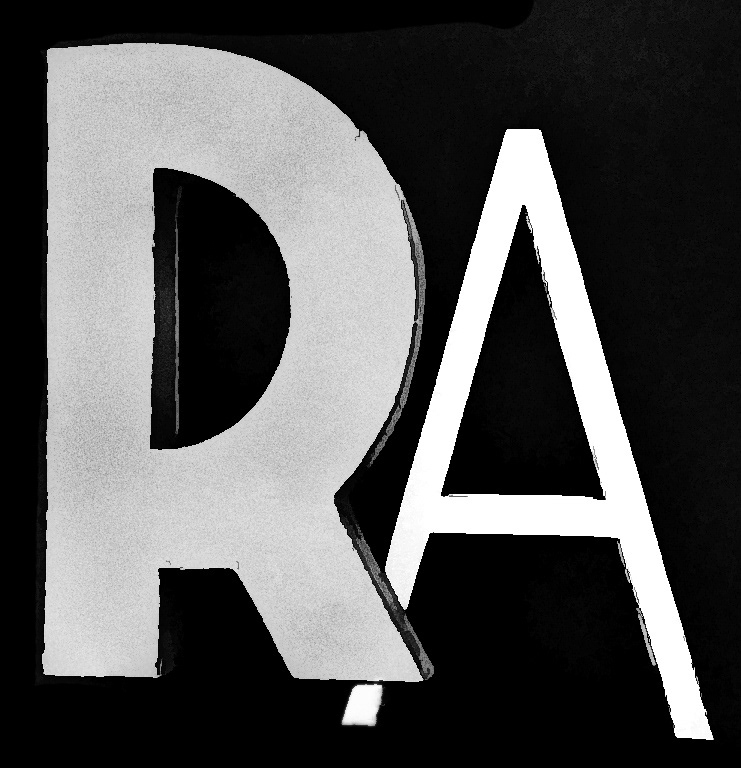Try Creating a Silhouette
Silhouettes can be very striking. They offer an alternative to shooting images with lots of recognizable details in them. In a silhouette you place your subject against a bright background, so all that remains is a starkly contrasted shape. If you want your silhouette to really stand out, be sure to make the dark (or black) part of your image really dark. You can do this by setting your exposure to the background of your scene.
Calibrate Your Monitor Regularly
Calibration is the adjustment you must make to your computer monitor in order for it to conform to standards for color temperature, white point, contrast (gamma) and black & white luminance. The colors that appear on your monitor, camera or scanner should match standard color checker targets. If they don't, your images may look different than you expect them to when they are printed or appear on websites (such as Instagram, Viewbug, 500px or others).
Find Your Own Unique Point of View
There's a saying, "Don't put your tripod legs in the holes of those left by others before you". What that means is whether or not you're using a tripod, avoid capturing the exact same shot from the exact same spot as everyone else at any given locale. It's very tempting to do so. Especially in 'tourist trap' places with labeled scenic viewpoints. If everyone else is heading to a particular spot - consider going in a different direction and/or shooting from a different angle (higher or lower or to the side). That way your shot will stand out and represent your own special view of the world.
Don't Lose Any Shots
You'd hate to miss capturing a special shot, wouldn't you? A couple of ways to avoid that are: (1) Always carry at least one extra blank, formatted memory card and a spare fully-charged battery. More cards are better if you think you'll shoot a lot. Consider using at least 32 GB Class 10 memory cards. They'll meet the demands of most consumer-oriented high megapixel cameras. If you shoot video as well as raw still images, then err towards the 64 GB cards. Unless you'll be shooting a lot of video skip using 64 GB cards. They'll hold many more images, but if something goes wrong with the card you'll lose a lot of pictures in one fell swoop too. (2) Carrying extra fully-charged batteries is a must if you are shooting with a mirrorless camera. They tend to drain batteries faster than DSLRs. (3) Offload your images from your camera to an external storage device or service (computer, external hard drive, Web-based storage, etc.) at the end of each shooting day. You don't want to accidentally reformat a memory card with important picture memories or portfolio shots, or have the card become corrupted and destroy images that way either. Plus, remember, a camera is a capture device. Not a storage or display device (use your tablet or smartphone for showing off your images to others).
KISS (Keep It Super Simple)
Isolate details and keep your photos uncluttered in order for them to deliver the most wow. Any given location you choose to photograph will swarm with details, patterns, objects to look at. It's your job, as the person making the picture, to select what to focus attention on. Zoom in (either with your lens or your feet) and almost fill the frame with the detail you think is most important or most aesthetically intriguing & engaging in your scene. Think about composition. Don't just plunk that main detail dead center in your shot; unless there is symmetry that creates balance or some other visual rationale for doing so. Too many distractions make it tough for your viewers to know where to look, so keep it simple. Always think about what you want the main takeaway from your photo to be. Someone should be able to look at your shots and figure that out without you telling them.
Give Yourself Creative Challenges
It's possible to fall into a rut photographically if you're always shooting the same types of subject matter in the same ways. Shake it up from time to time so that when you go back to your "signature" subjects you'll approach them in fresh, new ways. Some ways you can do this include: (1) Give yourself a theme on a new subject and find different examples of that subject, try different types of cameras (DSLR, Micro 4/3 mirrorless, point & shoot, phone) or new locations for shooting; (2) Try alternative image capture approaches (rather than using a digital camera try a photocopier, photo paper exposed directly to sunlight photography or a traditional film-based method); (3) Think of a story you'd like to tell visually (serious or fun) and take a series of photos that can be sequenced to tell it (not only will this discipline you, but it will force you to think about the impact of sequencing your photos and 'working' an area during image capture to ensure you have enough material to create a cohesive story). If worse comes to worse and you get burned out on photography... set it aside for a bit, take up some other hobby for a while to cleanse your photographic soul, then come back to it when you feel ready to dive in again. It's like dieting. Sometimes fighting your urges or feelings is the not the best way to go.